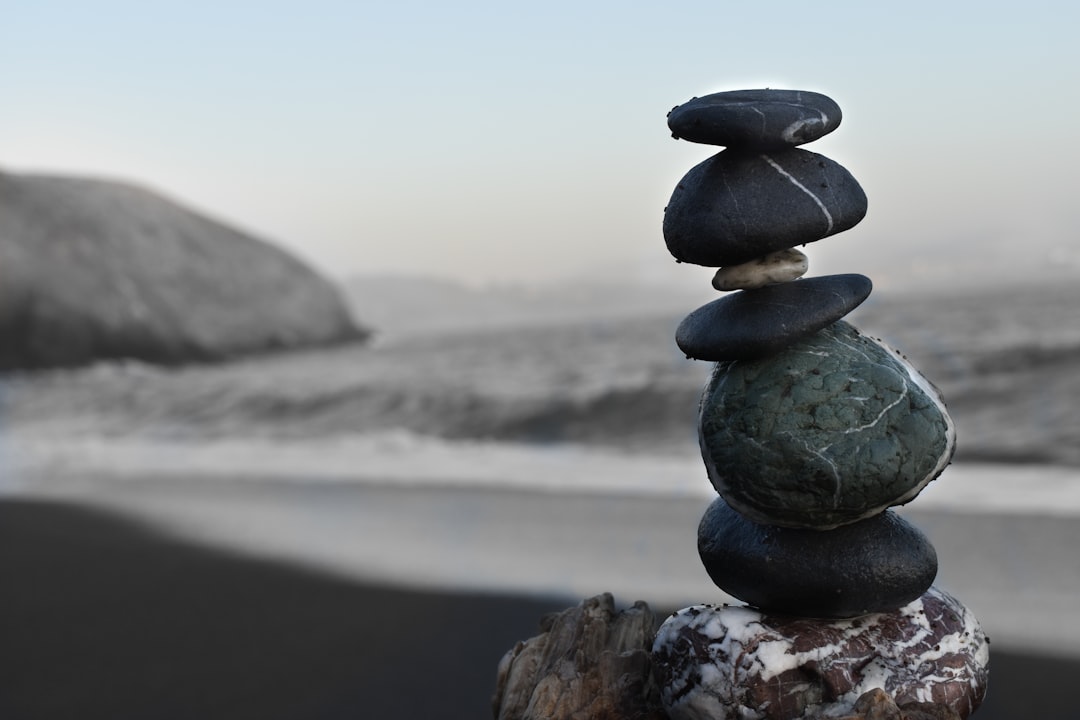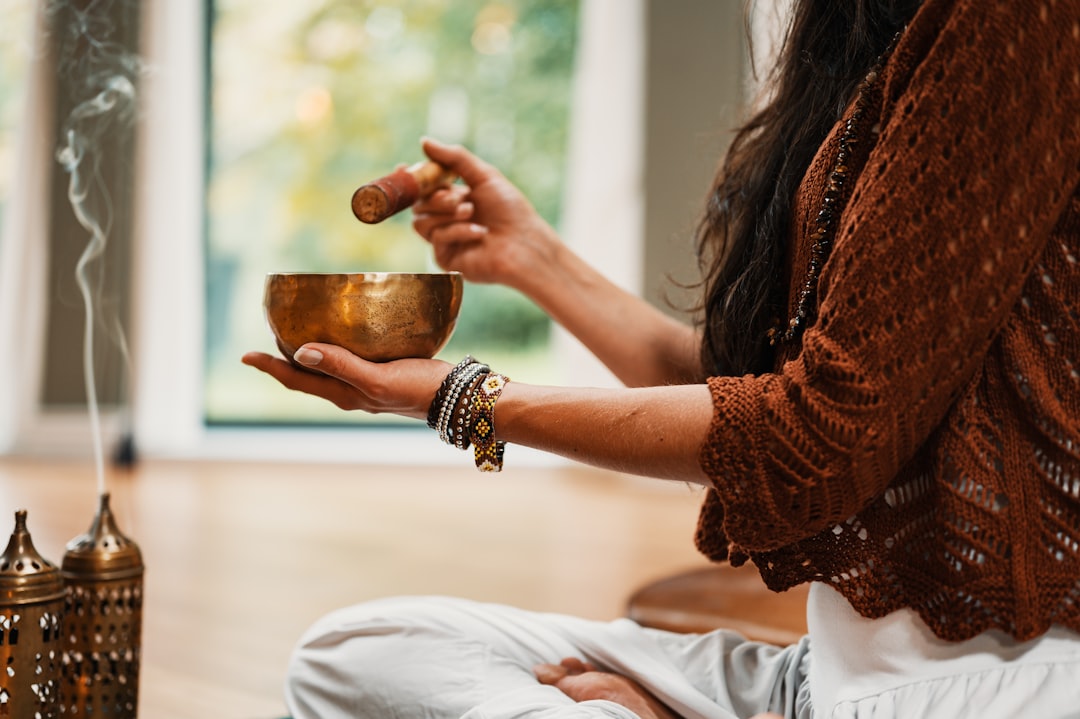Mindfulness is the art of being fully present and aware of your thoughts, feelings, and surroundings. It’s a practice that has stood the test of time and has been a key part of various ancient spiritual traditions. Over the years, mindfulness has gained immense popularity due to its many benefits.
The benefits of mindfulness range from reduced stress and anxiety to a greater sense of well-being and improved mental clarity. When you practice mindfulness, you train your mind to stay focused on the present moment, which in turn calms your emotions and creates a sense of inner peace. This state of being present and aware can help you make better decisions, improve your relationships, and enhance your overall quality of life.
In today’s fast-paced world, mindfulness has become more crucial than ever before. We’re often bombarded with endless distractions, such as social media, emails, and notifications, that can easily take us away from the present moment. Mindfulness provides a way for us to disconnect from the noise and chaos of modern life and reconnect with the beauty and simplicity of the present moment.
In the following sections, we’ll explore some of the most effective ways to cultivate mindfulness in your daily life. By incorporating these practices into your routine, you’ll be able to experience the many benefits of mindfulness and lead a more peaceful and fulfilling life.
Practice Gratitude – Importance of Gratitude and Tips for Incorporating it into Daily Life
Gratitude is a practice that involves intentionally reflecting on the good things in one’s life and expressing appreciation for them, no matter how small they may seem. Practicing gratitude can have profound effects on one’s mental and emotional well-being, as well as their physical health, social relationships, and overall life satisfaction.
Studies have shown that people who practice gratitude regularly are more optimistic, experience fewer symptoms of illness, sleep better, and have stronger social connections than those who do not. Additionally, practicing gratitude can increase resilience and boost self-esteem, making it an essential habit for maintaining a positive outlook and a healthy life.
To incorporate gratitude into daily life, one can start by setting aside a few moments each day to reflect on three things they are grateful for. This can be done in a journal, verbally with a friend or loved one, or simply by pausing and focusing on the things they appreciate in their surroundings. Another way to practice gratitude is by actively expressing appreciation to others, whether it be through a thank-you note or by simply expressing gratitude when a kind gesture is shown.
By incorporating gratitude into daily life, individuals can not only improve their own well-being but also spread positivity and kindness to those around them. So, take a moment to reflect on what you are grateful for today and let the power of gratitude bring more joy and fulfillment to your life.
Another way to practice gratitude is by actively expressing appreciation to others, whether it be through a thank-you note or by simply expressing gratitude when a kind gesture is shown.
Mindful Eating
Eating is a necessary part of life, but we often overlook the impact our relationship with food has on our overall well-being. Mindful eating is a practice that encourages us to pay attention to our food, how it tastes, and how it makes us feel. The benefits of mindful eating go beyond just being able to fully enjoy the food we consume. It allows us to tune into our body’s natural hunger cues, leading to healthier eating habits and improved digestion.
To practice mindful eating, start by simply being present when you eat. Turn off any distractions, and focus on the food in front of you. Take small bites and chew slowly, savoring each flavor and texture. This not only allows us to fully enjoy our food, but it also gives our brain the time it needs to register that we are full. Additionally, paying attention to our food can lead to a greater sense of gratitude for the nourishment it provides.
Another aspect of mindful eating is being aware of where our food comes from and how it was prepared. By being more conscious of these factors, we can make more informed decisions about our food choices and support ethical and sustainable practices.
Incorporating mindful eating into your daily routine may seem daunting at first, but it can be achieved with small steps. Start by taking a few deep breaths before your meal and setting an intention to be present while eating. Try to focus on the taste, texture, and aroma of your food, rather than distractions like your phone or television. Remember, it’s not about perfection, but rather progress towards a healthier relationship with food.
This not only allows us to fully enjoy our food, but it also gives our brain the time it needs to register that we are full.
Mindful Breathing: Benefits and Techniques
Practicing mindfulness can help us live in the moment and fully engage with our surroundings. One powerful technique for achieving this state is through mindful breathing. Mindful breathing encourages us to focus on our breath, our body’s natural and regular rhythm, to detach from our thoughts and enter a state of calm.
The benefits of mindful breathing are many, including reducing stress, anxiety, and depression. Numerous studies have shown that the practice can lower blood pressure and improve immune function, leading to better overall health. Mindful breathing can also help us to cultivate deeper connections and understanding of ourselves, our emotions, and our physical sensations.
To start practicing mindful breathing, find a quiet space where you can sit comfortably. Close your eyes and take a deep breath, inhaling for five seconds and exhaling for five seconds. Focus on the sensation of the air moving in and out of your nostrils, and observe the rise and fall of your chest and belly.
As thoughts come into your mind, acknowledge them and let them pass like clouds in the sky, returning your attention to your breath. A helpful tip is to count each inhale and exhale, up to ten and then starting over, providing a simple structure to the practice.
Incorporating mindful breathing into your daily routine can be as simple as taking a few moments during your morning routine to focus on your breath. It can also be a helpful tool during moments of stress or anxiety, providing a quick and effective way to calm your mind and body.
Overall, mindful breathing is a powerful technique that can transform your daily life. By focusing on your breath and detaching from your thoughts, you can cultivate calmness, reduce stress and anxiety, and improve your overall health and wellbeing.
Focus on the sensation of the air moving in and out of your nostrils, and observe the rise and fall of your chest and belly.
Disconnecting from Technology
In today’s society, technology has become an integral part of our daily lives. While it has undoubtedly made our lives much easier, it has also contributed to an increasing sense of detachment from ourselves and the world around us. If we are constantly connected to our devices, we may find it difficult to be present in the moment and fully engage with our surroundings. In order to truly embrace mindfulness, it’s crucial to disconnect from technology on occasion.
One of the main reasons why disconnecting from technology is important for mindfulness is because it allows us to be more present and aware of our surroundings. When we’re constantly checking our phones or computers, we’re not fully engaged in the present moment. By disconnecting, we can take a step back and focus on the world around us, which can help us feel more grounded and centered.
Here are a few tips for disconnecting from technology:
1. Set aside specific times for social media or email. Try checking your phone or computer only once or twice a day, rather than constantly throughout the day.
2. Go for a walk or spend time in nature without any electronic devices. Take a moment to appreciate the beauty of the natural world and focus on your breath.
3. Try a digital detox. Set aside a day or even a weekend where you refrain from using any electronic devices. Instead, spend time with loved ones, read a book, or engage in other activities that don’t require technology.
By disconnecting from technology, we can cultivate a greater sense of mindfulness and be more present in our daily lives. It may take some practice and effort, but with time, we can learn to live in a more mindful and balanced way.
Take a moment to appreciate the beauty of the natural world and focus on your breath.
Cultivating Mindful Relationships
When it comes to mindfulness, our relationships with others play a crucial role in our overall well-being. Cultivating mindful relationships means being fully present and engaged with the people in our lives, whether it’s our significant other, family members, or friends. Practicing mindfulness in our relationships can improve communication, deepen connections, and reduce stress and tension.
One tip for cultivating mindful relationships is to practice active listening. This means giving our full attention to the person speaking, without interrupting or thinking about our own response. It involves being present in the moment and fully engaged in the conversation. Another tip is to express gratitude and appreciation for the people in our lives. This can be as simple as saying “thank you” or acknowledging their positive qualities.
It’s also important to set boundaries in our relationships so we can prioritize self-care and maintain healthy boundaries. This might involve saying “no” to requests or taking time for ourselves to recharge. And finally, forgiveness and compassion are essential components of mindful relationships. Letting go of grudges and approaching conflicts with empathy and understanding can lead to greater harmony and happiness in our relationships.
Incorporating these mindful habits into our relationships can lead to more fulfilling and meaningful connections with the people in our lives.
This means giving our full attention to the person speaking, without interrupting or thinking about our own response.
Conclusion: Bringing the Mindful Habits Together
As we come to the end of this post, it’s important to emphasize that mindfulness is not a one-time practice. Rather, it’s a way of being that requires consistent effort and intention. The habits outlined above – practicing gratitude, mindful eating, mindful breathing, disconnecting from technology, and cultivating mindful relationships – are all powerful tools for cultivating a more present, intentional life.
By practicing these habits regularly, you’ll find that mindfulness becomes a more natural and effortless part of your daily life. You’ll be less reactive, more resilient, and more able to handle life’s challenges with grace and ease. Remember, mindfulness is a journey, not a destination – so be patient with yourself, and embrace the process.
With that said, we encourage you to start incorporating these habits into your daily routine. Start small, with just a few minutes of mindful breathing each day or taking a break from technology for an hour before bed. Gradually, build up your practice and notice the positive changes it brings to your life. We hope this post has inspired you to embark on a more mindful, intentional journey – and we wish you all the best on your path.





